Nuzzy
Well-Known Member
Alright, help me out here...
The way I have my headlights now wired on the jeep is apparently causing problems. Previously, I had a standard 30a automotive relay from Autozone wired in to power the headlights. A powered switch in the dash triggered the coil and the lights did work for a bit. However they blew within a few minutes and since I hadn't wired in a fuse before the relay, the relay fried also taking out one headlight bulb. I thought at the time it was due to a short in the plug on the back of the lights because I could see wisps of smoke there after it fried.
So fast forward to today. I grabbed new bulbs (well new headlights really since they are the sealed beam disposable ones) and a new 30a relay like before and went to work. I have the high power lead from the batt fused with a 30a before the relay. Power is coming from the dash switch as it should, and the relay is grounded well. The high power output is running into the passenger light and then over to the driver. All wiring is brand new 12 gauge.
However, tonight I drove the jeep out to test the lights and sure enough, after 5-10 minutes, the headlights went out. The inline high power lead fuse popped so I'm hoping that saved everything else. But the questions is, what the hell is my problem?? All the diagrams I've seen online seem to match that way I've wired this, so I'm a bit stumped. Fwiw, this time the fuse blew the jeep was running, however the previous time it was sitting off with only the accessories on.
I drew a quick diagram of exactly how I have it wired.
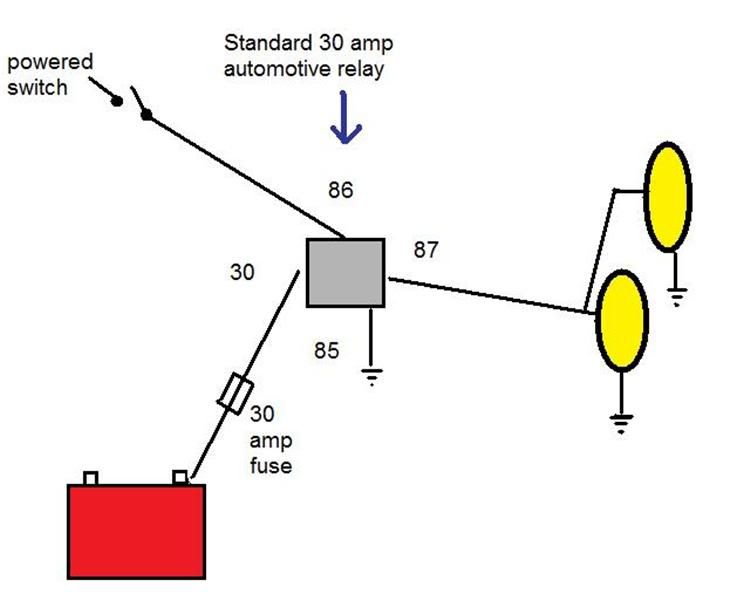
And here is the relay. Well, the top one (the bottom is for my HEI distributer).

The way I have my headlights now wired on the jeep is apparently causing problems. Previously, I had a standard 30a automotive relay from Autozone wired in to power the headlights. A powered switch in the dash triggered the coil and the lights did work for a bit. However they blew within a few minutes and since I hadn't wired in a fuse before the relay, the relay fried also taking out one headlight bulb. I thought at the time it was due to a short in the plug on the back of the lights because I could see wisps of smoke there after it fried.
So fast forward to today. I grabbed new bulbs (well new headlights really since they are the sealed beam disposable ones) and a new 30a relay like before and went to work. I have the high power lead from the batt fused with a 30a before the relay. Power is coming from the dash switch as it should, and the relay is grounded well. The high power output is running into the passenger light and then over to the driver. All wiring is brand new 12 gauge.
However, tonight I drove the jeep out to test the lights and sure enough, after 5-10 minutes, the headlights went out. The inline high power lead fuse popped so I'm hoping that saved everything else. But the questions is, what the hell is my problem?? All the diagrams I've seen online seem to match that way I've wired this, so I'm a bit stumped. Fwiw, this time the fuse blew the jeep was running, however the previous time it was sitting off with only the accessories on.
I drew a quick diagram of exactly how I have it wired.

And here is the relay. Well, the top one (the bottom is for my HEI distributer).


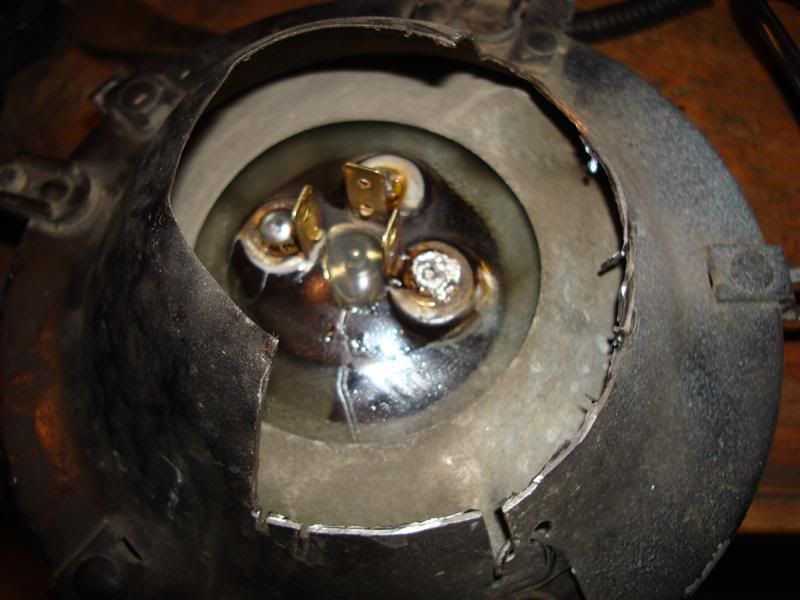
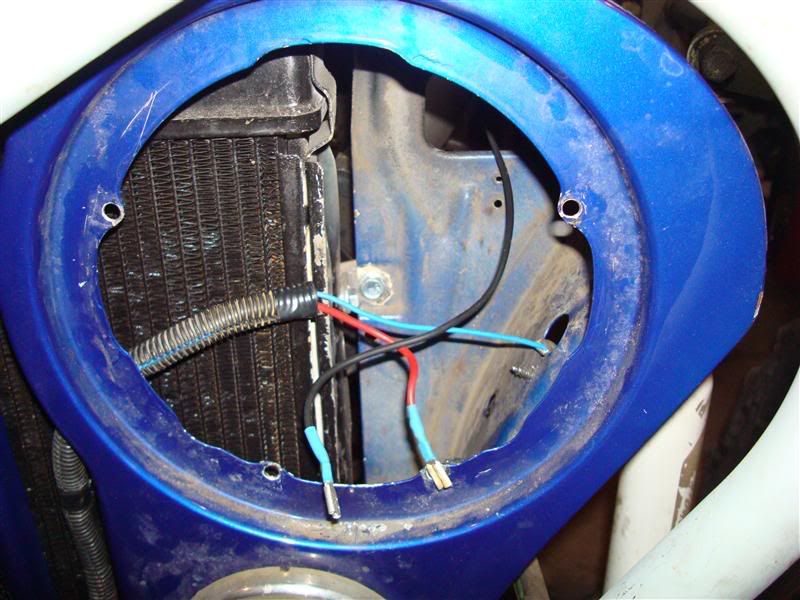
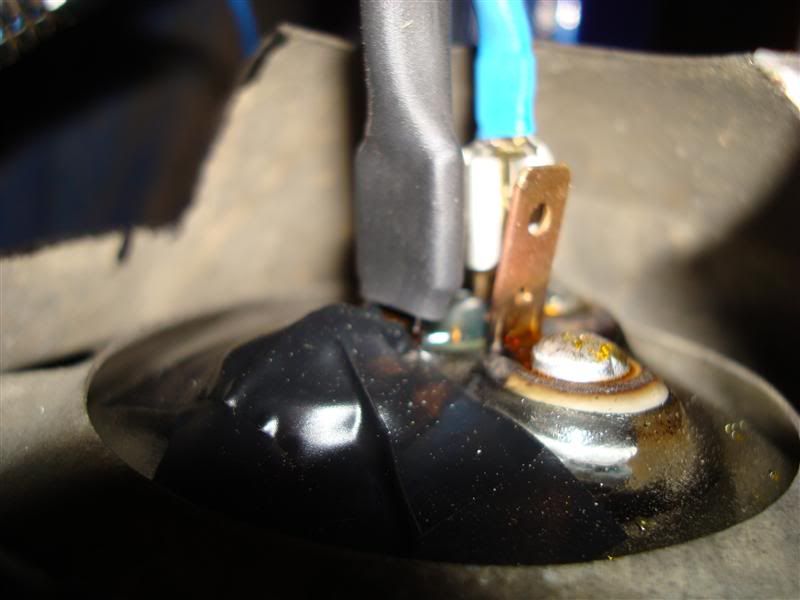
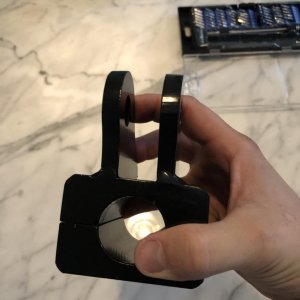
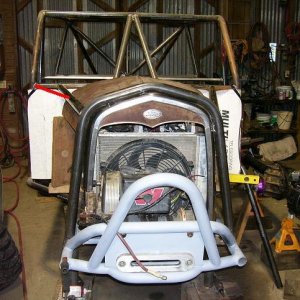
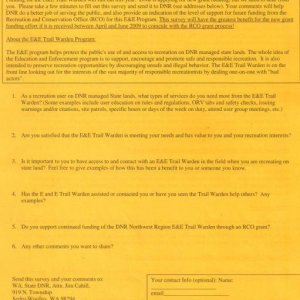
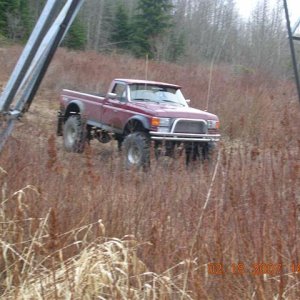

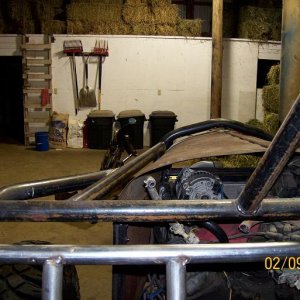
![EHCT9062[1].JPG](http://attachments.www.hardlinecrawlers.com/xfmg/thumbnail/12/12593-c92f631618401775a502d83f5e03b8b4.jpg?1625929719)

